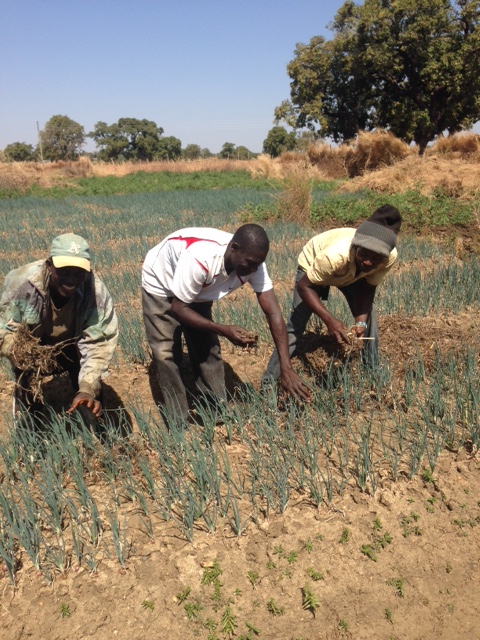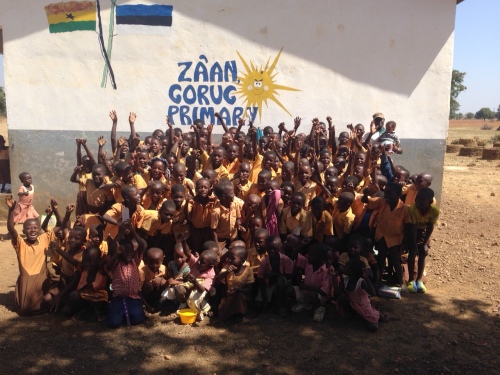November 20
This morning we had a typical village experience, one which points out that there is no anonymity in a Ghanaian village. We were having breakfast at the lodging of two Estonian volunteers with the organization Mondo. Out of the blue, in walks a local boy hand-delivering a letter to us. We had quietly left our room at 7:30 am, not mentioning where we were going. And though it seemed that noone was paying attention to our quick moto ride, he was quickly able to track us down.
Would you like to know where we are? Go to Google Maps and type in Kongo Spiritual Renewal Center. Also try typing in Nangodi. Most of our work is in two locations: 1) The Kongo/Logre village area near the Spiritual Renewal Center and 2) Several miles south of Nangodi in the Yakote village area (not on the map).
We are beginning to feel “back in the saddle” the last 2 days. The time has been spent in discussing the needs for various projects with those we work with in the community. For Ghanaians, this has been a productive farming year, with the last bit of millet harvest underway. Though people look terribly thin to us, they are happy with the year’s harvest. Economically, families find life very challenging. Everyone is impacted by the lessening value of the currency (the Ghanaian Cedi), making it difficult to buy goods such as school uniforms, shoes, a new bicycle tire, fuel for a moto, even soap. For example, The Ghanaian Cedi was nearly even with the Euro and the US dollar 5 years ago. Currently the exchange rate is down to 3.8 Ghana Cedis per US dollar. To add insult to injury, the interest rate is 37%. Good luck should you wish to get a school loan for college, grow your business, or buy a motorcycle. As a result, it remains very difficult for people to afford education, and the villagers have hardly any material goods.
There are signs of increasing modernity. One change is the expanded availability of electricity on some of the side roads and an innovative payment system. To use electricity, people buy credit with the power company, the lights are shut off when the credit is used up. As far as water goes, Kongo has installed pipes from a water tower to those living within a short distance from the main road. As a matter of fact, the complex of nine rooms where we are staying is supposed to have water flowing to a single tap and a flushing toilet. In reality, the water was flowing for only a few hours on our first day here. We have managed to borrow two, 9 gallon jerry cans which David drives on the moto to a borehole and fills them once a day. The women at the borehole are amused that a man is fetching water, a duty very much considered work for women and children. And of course, they carry the amazingly heavy containers on their heads. This arrangement definitely makes us acutely aware of the copious amounts of water we use in our regular lives for showers, washing clothes, and especially flushing toilets. I would guess it takes 3 gallons to sufficiently flush the darn toilet. I’m starting to resent that flushing water hog. On the fun side of living here, a donkey just wondered over to look in the window, and we have a hen with small chicks frequently in the courtyard. Our neighbors are delightful young teachers and nurses, mostly with a penchant for either Christian or rap music. It’s definitely a contrast to the quiet of home.
And regarding actual work, there is a lot to report. We are working on that post for tomorrow.

The chicks at our door.
Read Full Post »









